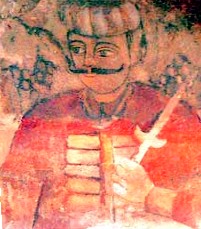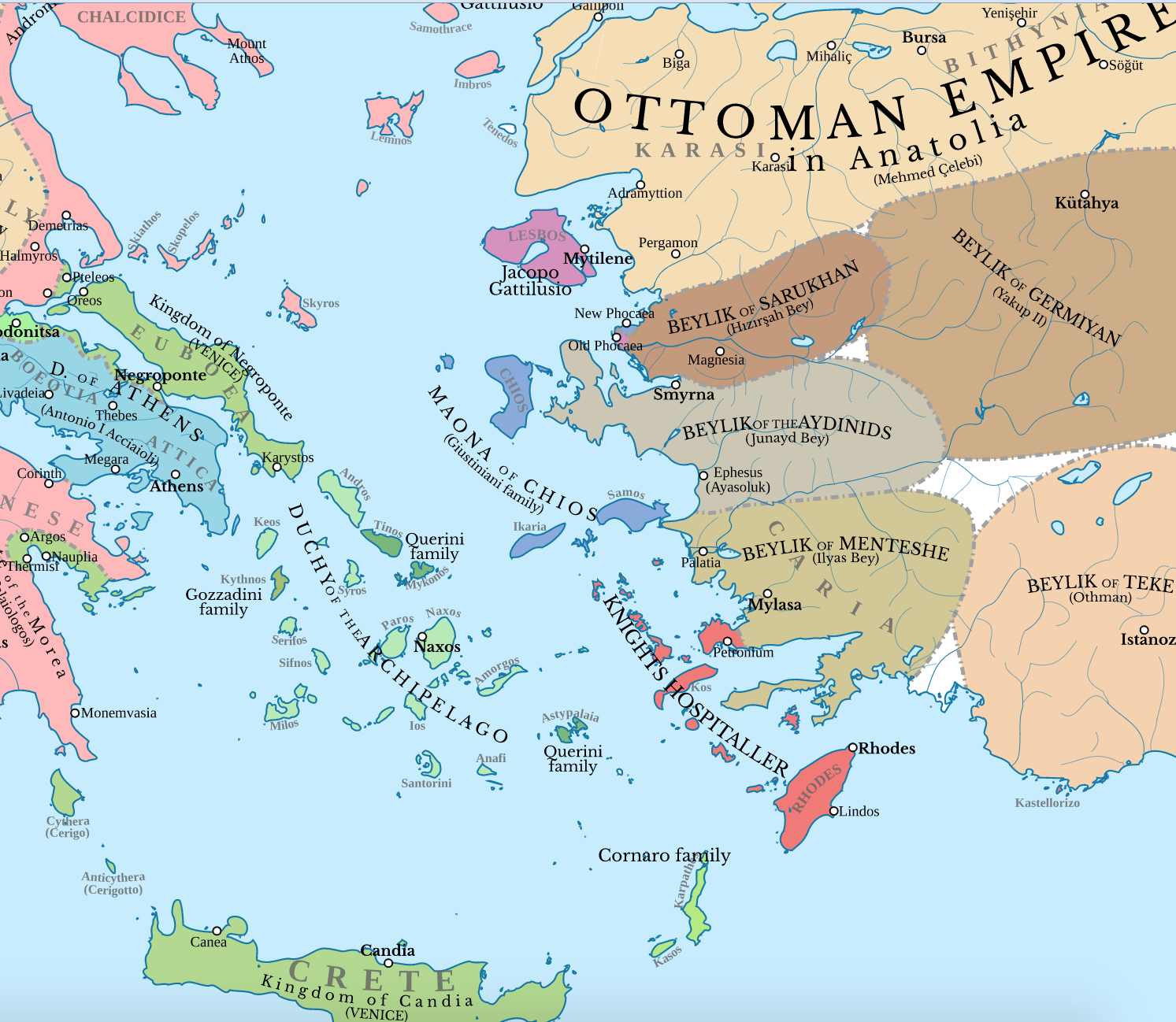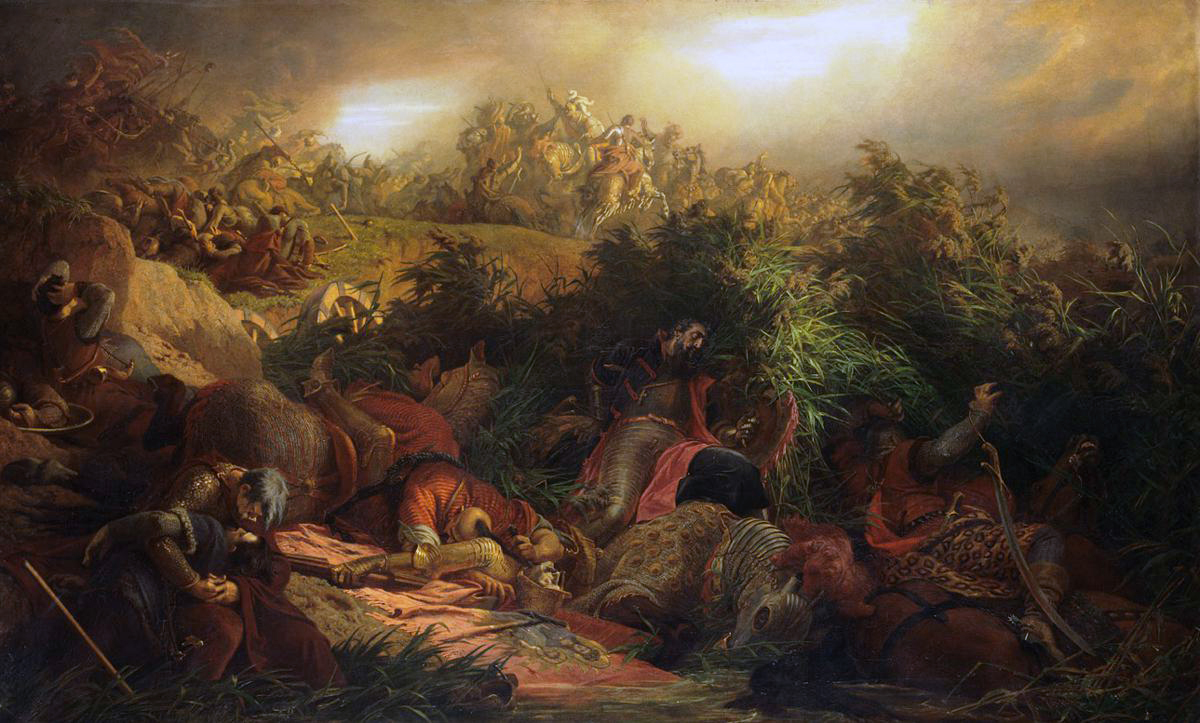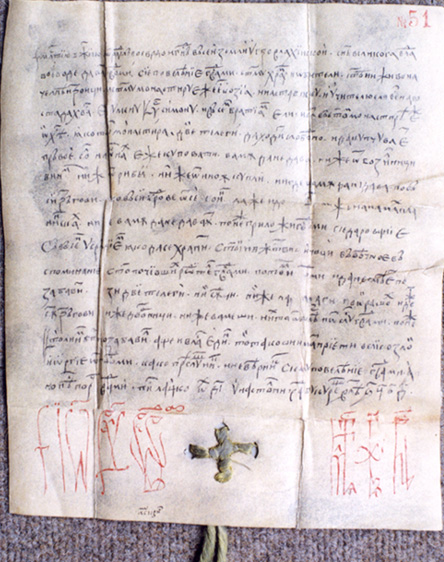|
Eğrigöz
Eğrigöz is a village in Emet District of Kütahya Province, Turkey. As of 2022, its population is 172. Eğrigöz is known for its old fortress, which is on a hill just east of the village. It was also a district capital under Ottoman rule in the early modern period. Geography The village of Eğrigöz is located just west of the Emet Çayı stream, on a saddle-like landform connecting two rocky hills. The western hill is a cone-shaped rocky outcrop, while immediately above the village on the east is a steep rocky hill topped by a small plateau. On this plateau is the old fortress. Below the plateau is a rocky shelf that drops off sharply on the north, south, and east sides, making the fortress only accessible from the west side. The Emet Çayı flows below the east side of this hill. Eğrigöz is 64 km west of Kütahya, the province capital. Fortress The fortress of Eğrigöz consists of a series of walls enclosing the eastern hill's lower shelf on the west, south, and ... [...More Info...] [...Related Items...] OR: [Wikipedia] [Google] [Baidu] |
Emet District
Emet District is a Districts of Turkey, district of the Kütahya Province of Turkey. Its seat is the town of Emet.İlçe Belediyesi Turkey Civil Administration Departments Inventory. Retrieved 22 May 2023. Its area is 951 km2, and its population is 18,843 (2022). Composition There is one municipality in Emet District: * Emet There are 37 villages of Turkey, villages in Emet District:Turkey Civil Administration Departments Inventory. Retrieved 22 May 2023. [...More Info...] [...Related Items...] OR: [Wikipedia] [Google] [Baidu] |
Vlad The Impaler
Vlad III, commonly known as Vlad the Impaler ( ) or Vlad Dracula (; ; 1428/31 – 1476/77), was Voivode of Wallachia three times between 1448 and his death in 1476/77. He is often considered one of the most important rulers in Wallachian history and a national hero of Romania. He was the second son of Vlad Dracul, who became the ruler of Wallachia in 1436. Vlad and his younger brother, Radu, were held as hostages in the Ottoman Empire in 1442 to secure their father's loyalty. Vlad's eldest brother Mircea and their father were murdered after John Hunyadi, regent-governor of Hungary, invaded Wallachia in 1447. Hunyadi installed Vlad's second cousin, VladislavII, as the new voivode. Hunyadi launched a military campaign against the Ottomans in the autumn of 1448, and Vladislav accompanied him. Vlad broke into Wallachia with Ottoman support in October, but Vladislav returned, and Vlad sought refuge in the Ottoman Empire before the end of the year. Vlad went to Moldavia in 144 ... [...More Info...] [...Related Items...] OR: [Wikipedia] [Google] [Baidu] |
Germiyanid
Germiyan, or the Germiyanids (Old Anatolian Turkish: ; or ), were a dynasty that controlled parts of western Anatolia from to 1429. Germiyan first appeared in 1239 near Malatya tasked with suppressing the Babai revolt. The tribe relocated to western Anatolia with the encroaching Mongol invasion. During the reign of Yakub I (), Germiyan gained sovereignty with the demise of the Sultanate of Rum and forged war with the neighboring Ottomans and the Byzantine Empire, which continued during his successor Mehmed's rule (). Amidst the political tension caused by the neighboring Karamanids, Suleiman () married his daughter Devletşah Hatun to the Ottoman prince and future sultan, Bayezid I (). The process saw a major dowry payment that transferred much of the Germiyanid realm to Ottoman control, including the capital Kütahya. Yakub II () was initially on friendly terms with the Ottomans but eventually attempted to reclaim the former lands that were lost following his sister's wedd ... [...More Info...] [...Related Items...] OR: [Wikipedia] [Google] [Baidu] |
TÜİK
Turkish Statistical Institute (commonly known as TurkStat; or TÜİK) is the Turkish government agency commissioned with producing official statistics on Turkey, its population, resources, economy, society, and culture. It was founded in 1926 and headquartered in Ankara. Formerly named as the State Institute of Statistics (Devlet İstatistik Enstitüsü (DİE)), the institute was renamed as the Turkish Statistical Institute on November 18, 2005. See also * List of Turkish provinces by life expectancy References External linksOfficial website of the institute National statistical services Statistical Organizations established in 1926 Organizations based in Ankara {{Sci-org-stub ... [...More Info...] [...Related Items...] OR: [Wikipedia] [Google] [Baidu] |
Bayezid I
Bayezid I (; ), also known as Bayezid the Thunderbolt (; ; – 8 March 1403), was the sultan of the Ottoman Empire from 1389 to 1402. He adopted the title of ''Sultan-i Rûm'', ''Rûm'' being the Arabic name for the Eastern Roman Empire. In 1394, Bayezid unsuccessfully Siege of Constantinople (1394–1402), besieged Constantinople. Bayezid vanquished all the Beyliks and proceeded to conquer and vassalize the entirety of Anatolia. In 1402, he once more besieged Constantinople, appearing to find success, but he ultimately withdrew due to the invasion of the Turco-Mongol conqueror Timur.Mango, Cyril. ''The Oxford History of Byzantium''. New York: Oxford UP, 2002. pp. 273–274 He defeated the Crusaders at the Battle of Nicopolis in what is now Bulgaria in 1396. He was later defeated and captured by Timur at the Battle of Ankara in 1402 and died in captivity in March 1403, which triggered the Ottoman Interregnum. Biography Bayezid was the son of Murad IRunciman, Steven ''The Fall ... [...More Info...] [...Related Items...] OR: [Wikipedia] [Google] [Baidu] |
Hamam
A hammam (), also often called a Turkish bath by Westerners, is a type of steam bath or a place of public bathing associated with the Islamic world. It is a prominent feature in the Islamic culture, culture of the Muslim world and was inherited from the model of the Culture of ancient Rome, Roman ''thermae.'' Muslim bathhouses or hammams were historically found across the Middle East, North Africa, al-Andalus (Islamic Iberian Peninsula, Iberia, i.e. Spain and Portugal), Central Asia, the Indian subcontinent, and in Southeastern Europe under Ottoman Empire, Ottoman rule. In Islamic cultures the significance of the hammam was both religious and civic: it provided for the needs of Ritual purification, ritual ablutions but also provided for general hygiene in an era before private plumbing and served other social functions such as offering a gendered meeting place for men and for women. Archaeology, Archeological remains attest to the existence of bathhouses in the Islamic world as ... [...More Info...] [...Related Items...] OR: [Wikipedia] [Google] [Baidu] |
Sanjak Of Kütahya
The Sanjak of Kütahya was a second-level province (''sanjak'') of the Ottoman Empire. Kütahya was the capital of the Anatolian beylik of Germiyan, and became part of the Ottoman state in 1381 through the marriage of the future Sultan Bayezid I with Devlet Hatun, the daughter of the Germiyanid ruler. Initially known as the Sanjak of Germiyan, it became part of the Anatolia Eyalet from its formation in the late 14th century, and in the late 15th century became the capital of the eyalet until its dissolution ca. 1841, when it became part of Hüdavendigâr Eyalet. In 1912 it comprised the districts (''kazas'') of Kütahya proper, Eskişehir, Uşak, Kedus and Simav Simav is a town in Kütahya Province in the Aegean region of Turkey. It is the seat of Simav District. [...More Info...] [...Related Items...] OR: [Wikipedia] [Google] [Baidu] |
Kazâ
A kaza (, "judgment" or "jurisdiction") was an administrative division of the Ottoman Empire. It is also discussed in English under the names district, subdistrict, and juridical district. Kazas continued to be used by some of the empire's successor states. At present, they are used by Iraq, Lebanon, Jordan, and in Arabic discussion of Israel. In these contexts, they are also known by the Arabic name qada, qadā, or qadaa (, ). Former use Ottoman Empire In the Ottoman Empire, a kaza was originally equivalent to the kadiluk, the district subject to the legal and administrative jurisdiction of a kadi or judge of Islamic law. This usually corresponded to a major city of the empire with its surrounding villages. A small number of kazas made up each sanjak ("banner") under a sanjakbey. Each kaza was in turn made up of one or more nahiyes ("districts") under müdürs and mütesellims and several karyes ("villages") under muhtars. With the first round of ''Tanzimat'' reforms in 1839, ... [...More Info...] [...Related Items...] OR: [Wikipedia] [Google] [Baidu] |
Süleyman The Magnificent
Suleiman I (; , ; 6 November 14946 September 1566), commonly known as Suleiman the Magnificent in the Western world and as Suleiman the Lawgiver () in his own realm, was the Ottoman sultan between 1520 and his death in 1566. Under his administration, the Ottoman Empire ruled over at least 25 million people. After succeeding his father Selim I on 30 September 1520, Suleiman began his reign by launching military campaigns against the Christian powers of Central and Eastern Europe and the Mediterranean; Belgrade fell to him in 1521 and Rhodes in 1522–1523, and at Mohács in 1526, Suleiman broke the strength of the Kingdom of Hungary. Presiding over the apex of the Ottoman Empire's economic, military, and political strength, Suleiman rose to become a prominent monarch of 16th-century Europe, as he personally led Ottoman armies in their conquests of a number of European Christian strongholds before his advances were finally checked at the siege of Vienna in 1529. On the ... [...More Info...] [...Related Items...] OR: [Wikipedia] [Google] [Baidu] |
Defter
A ''defter'' was a type of tax register and land cadastre in the Ottoman Empire. Etymology The term is derived from Greek , literally 'processed animal skin, leather, fur', meaning a book, having pages of goat parchment used along with papyrus as paper in Ancient Greece, borrowed into Arabic as '':'' , meaning a register or a notebook. Description The information collected could vary, but ''tahrir defterleri'' typically included details of villages, dwellings, household heads (adult males and widows), ethnicity/religion (because these could affect tax liabilities/exemptions), and land use. The defter-i hakâni was a land registry, also used for tax purposes. Each town had a defter and typically an officiator or someone in an administrative role to determine whether the information should be recorded. The officiator was usually some kind of learned man who had knowledge of state regulations. The defter was used to record family interactions such as marriage and inheritance. Th ... [...More Info...] [...Related Items...] OR: [Wikipedia] [Google] [Baidu] |
Murad II
Murad II (, ; June 1404 – 3 February 1451) was twice the sultan of the Ottoman Empire, from 1421 to 1444 and from 1446 to 1451. Early life Murad was born in June 1404 to Mehmed I, while the identity of his mother is disputed according to various accounts. According to 15th century historian Şükrullah, Murad's mother was a concubine. Hüseyin Hüsâmeddin Yasar, an early 20th century historian, wrote in his work ''Amasya Tarihi'' that his mother was Şahzade Hatun, daughter of Divitdar Ahmed Pasha. According to historians İsmail Hami Danişmend, and Heath W. Lowry, his mother was Emine Hatun, a Dulkadirids, Dulkadirid princess. He spent his early childhood in Amasya. In 1410, Murad came along with his father to the Ottoman Empire, Ottoman capital, Edirne. After his father ascended to the Ottoman throne, he made Murad governor of the Amasya Sanjak. Murad remained at Amasya until the death of Mehmed I in 1421. He was solemnly recognized as sultan of the Ottoman Sultanate at ... [...More Info...] [...Related Items...] OR: [Wikipedia] [Google] [Baidu] |
Radu The Handsome
Radu III of Wallachia, commonly called Radu the Handsome, Radu the Fair, or Radu the Beautiful (; ; January 1475), was the younger brother of Vlad III ( Vlad the Impaler) and prince of the principality of Wallachia. They were both sons of Vlad II Dracul and his wife, Princess Cneajna of Moldavia. In addition to Vlad III, Radu also had two older siblings, Mircea II and Vlad Călugărul, both of whom would also briefly rule Wallachia. In 1462, he defeated his brother, Vlad III, alongside Ottoman Empire sultan Mehmed II, with whom Radu had a good relationship. Life with the Ottomans In 1436, Vlad II Dracul ascended to the throne of Wallachia. He was ousted in 1442 by rival factions in league with Hungary, but secured Ottoman support for his return by agreeing to pay tribute to the Sultan and also send his two legitimate sons, Vlad III and Radu, to the Ottoman court, to serve as hostages of his loyalty. Vlad and Radu were later educated in logic, the Quran and the Turkish and Pers ... [...More Info...] [...Related Items...] OR: [Wikipedia] [Google] [Baidu] |





